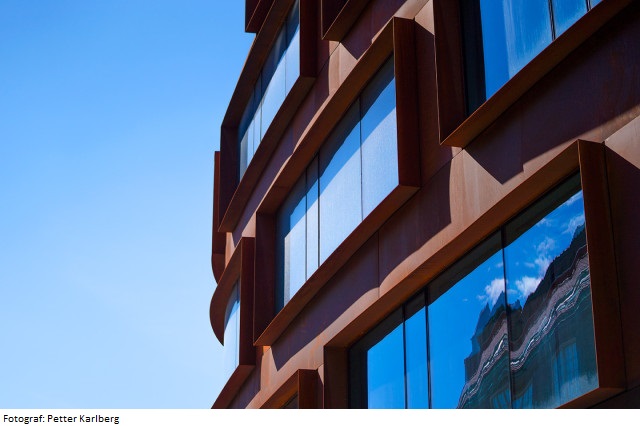To analyse a place and trace it’s borders; to communicate the observed through different media. These studies aim to find a personal relation to how one reads and interprets spaces. Investigations will trace components that build sites and their character. Studies of the temporal and permanent and connecting and disconnecting borders as well as shifting points of identification will be registered.
A42R1B Rebuilding, Addition, Restoration Studio 4:1 12.0 credits
This course has been discontinued.
Last planned examination: Spring 2022
Decision to discontinue this course:
No information inserted
Information per course offering
Course offerings are missing for current or upcoming semesters.
Course syllabus as PDF
Please note: all information from the Course syllabus is available on this page in an accessible format.
Course syllabus A42R1B (Autumn 2008–)Content and learning outcomes
Course contents
Intended learning outcomes
Spatial investigations within a context of a place
Overall goals
The project is part of the Contextual space studio.
Studio Description: Changes in the physical environment constantly affect built and un-built places. The studio will investigate the contextual frames and make programs and design for new and existing - modern and historic - spaces.
2. The course/project goal is to increase the student's knowledge in this area/field and skills/knowledge in the field of architecture in general. The students will enter the project with varying degrees of knowledge/skills and will subsequently end up at different levels at the end of the course/project.
3. The individual student must show an increase in the particular skills/knowledge offered in the studio and in the field of architecture in general.
Literature and preparations
Specific prerequisites
Bachelor’s Degree, or an equivalent level, within the field of Architecture.
Recommended prerequisites
Bachelor’s Degree, or an equivalent level, within the field of Architecture.
Equipment
Literature
Monument & Niche: Carsten Juel Christiansen, Rhodos. The phenomenology of place: Christian Nordberg-Schultz. Den förskjutna gränsen: Pål Röjgård Harryan Article in Arkitektur 6/07. Berlin the politics of order: Alan Balfour, Rizzoli
Examination and completion
If the course is discontinued, students may request to be examined during the following two academic years.
Grading scale
Examination
- PRO1 - Project part 1, 9.0 credits, grading scale: P, F
- PRO2 - Project part 2, 3.0 credits, grading scale: P, F
Based on recommendation from KTH’s coordinator for disabilities, the examiner will decide how to adapt an examination for students with documented disability.
The examiner may apply another examination format when re-examining individual students.
The course consists of two parts; a fulfilled and delivered project work (9 credits) and a passed final assessment (3 credits). There is at least one intermediate assessment during the course.
Other requirements for final grade
a) Presentation requirements
Drawings, sketches, text, models, photos and oral presentation according to analyse.
b) Examination
80% attendance. Active participation in lectures, tutorials, and seminars etc. Passed intermediate and final assessments. Compulsory attendance during the assessment reviews.
Completion: The project work shall be delivered and, if necessary, reworked within the set time limit. See general directions.
(Overall principle: Autumn term projects must be approved during the following Spring term: Spring term projects must be approved before the start of the following Autumn term. The reworked projects must be delivered at least one week before the time limit.)
The project work is to be documented in a portfolio, including drawings, analysis and models. The work process shall be legible.
Opportunity to complete the requirements via supplementary examination
Opportunity to raise an approved grade via renewed examination
Examiner
Ethical approach
- All members of a group are responsible for the group's work.
- In any assessment, every student shall honestly disclose any help received and sources used.
- In an oral assessment, every student shall be able to present and answer questions about the entire assignment and solution.
Further information
Course room in Canvas
Offered by
Main field of study
Education cycle
Add-on studies
Supplementary information
Incoming exchange students within an architecture agreement can select this course.
No other exchange students are allowed to select this course.